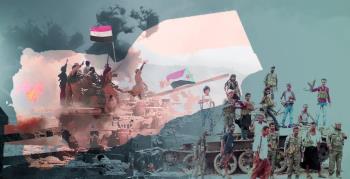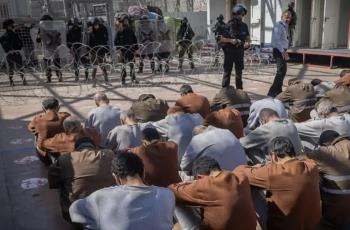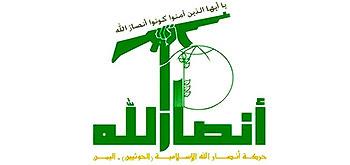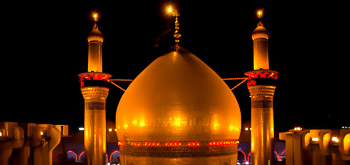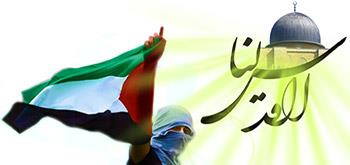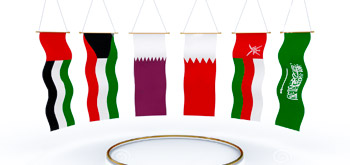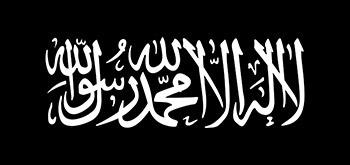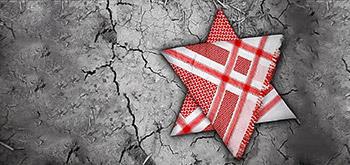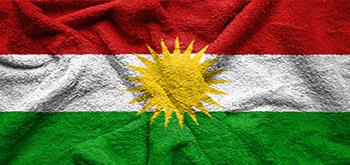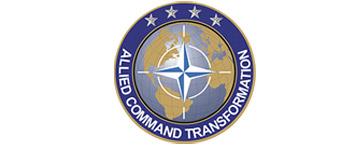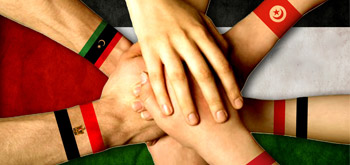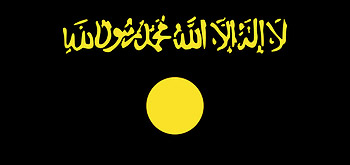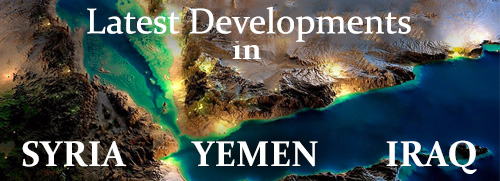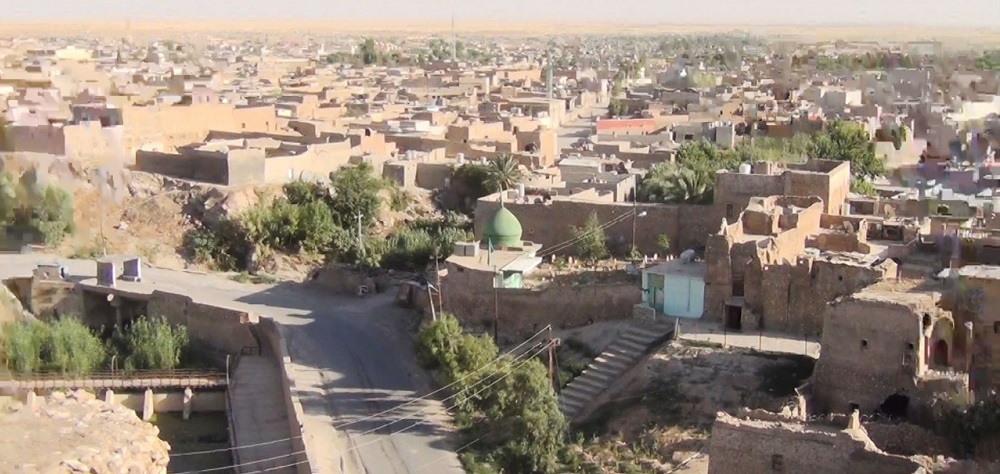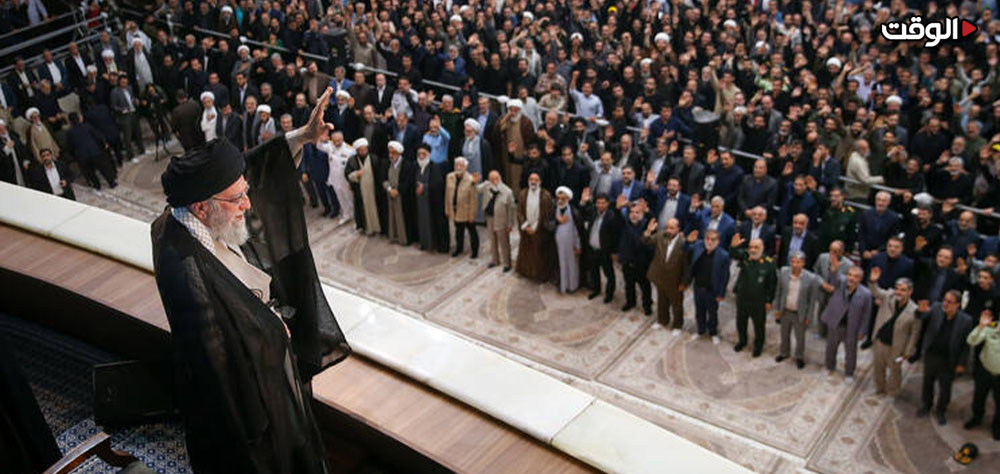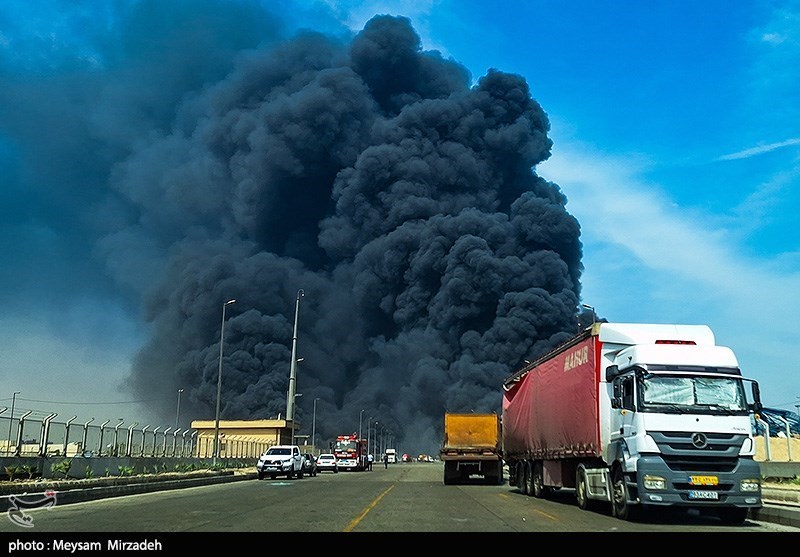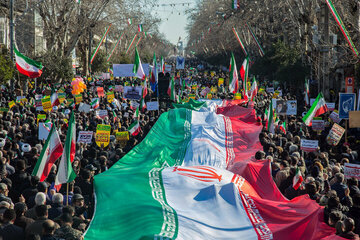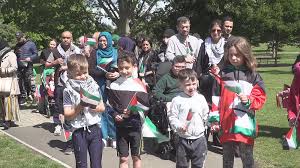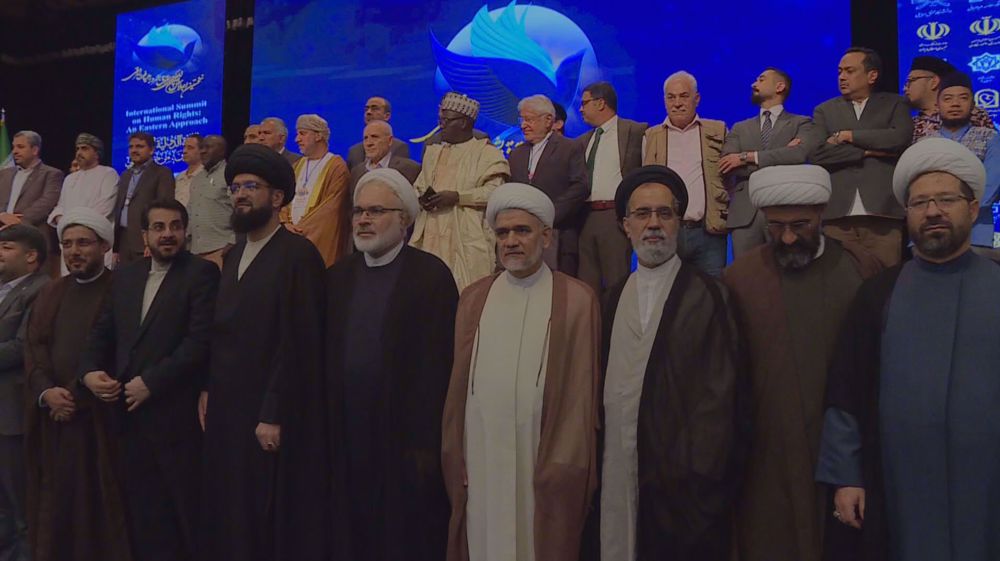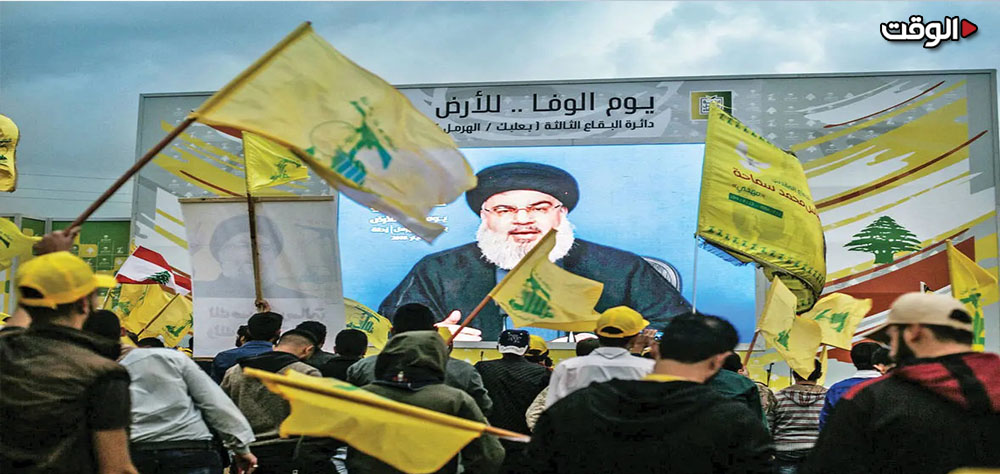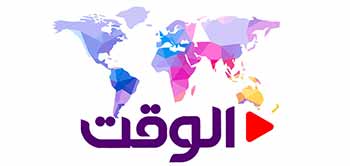Alwaght- Days after Iraq's Prime Minister Haider Al Abadi declared victory over ISIS in Mosul, Iraqi troops are now on the Tal Afar gates as part of their ongoing campaign to clear the whole country from the terrorist group.
The fresh advances are taking place while it appears that a new political atmosphere is in the making in Iraq and various groups and sects have decided to learn from the past challenges. The new spirit is observable among Iraq’s armed forces who are now prepared to wrest from the terrorists their last safe havens, among them Tal Afar, just 63 kilometers West of the recently-liberated Mosul.
The Iraqi leadership and armed forces have gained a wealth of experience during their fight against terrorism that started from Fallujah in Al Anbar and continued in the major battle of Mosul, the capital of Nineveh province. In a short time, Mosul fell to ISIS in 2014 without any resistance from the army units positioned there to guard the city. In June 2014, ISIS fighters seized 108,000 square kilometers, equal to 40 percent of the country’s territory, within three days. The vast swaths captured by ISIS included Nineveh, Salaheddin, Al Anbar, parts of Diyala and Kirkuk, as well as Baghdad’s outskirts. ISIS's strong push in 2014 took it right behind the capital’s walls.
Upon ISIS arrival, the Iraqi government failed to fast mobilize its military strength to steer clear of Baghdad collapse. But when the terrorists closed in on the capital and aroused the ire of the country, the top Shiite cleric Ayatollah Ali al-Sistani issued a fatwa for public jihad. The call produced the Popular Mobilization Forces (PMF), a voluntary force meant to provide backup for official armed forces. The arrangement breathed new life into the army that very firmly took steps to reclaim the ISIS-controlled cities.
Establishment of the PMF, in fact, helped the Iraqi government to get rid of the nonplus and disorder as a result of its forces' defeat in Mosul. PMF support provided the government with a scope to restructure the army and work out plans to take back the fallen areas.
It was right after this time that joint triumphs of the army and the popular forces began. As an initial step of counterattacks, the Iraqi coalition cleansed the Baghdad-Samarra highway of ISIS militants, paving the way for subsequent weeks' liberating operations in many Salaheddin areas. The joint offensives succeeded in retaking one city after another. Diyala, Ramadi, Fallujah, and recently Mosul were liberated in 2015, 2016, and 2017 as cooperation between army and the PMF proved so effective in practice.
In a meeting with the PMF commanders on Saturday, Haider al-Abadi announced that operations to liberate Hawija in southwest Kirkuk, Tal Afar, Anah and Rawa towns on the Euphrates River, and Al-Qa'im town near the Syrian border from the ISIS will soon start.
Tal Afar is a significant city from political, demographic, historical, and geographical aspects. It connects to the Syrian borders. The city stands right in the center of a triangular border area that links Syria, Turkey, and Iraq. Tal Afar is only 60 kilometers from Syrian and Turkish borders. Geographical position of the city forms part of its significance as it stands as a linking ring between the three countries. According to 2012 census, Tal Afar population went beyond 300,000. The Shiite Turkmens are a majority in the city, followed by the Sunni Turkmens, Kurds, and Arabs.
Historically, the city has a long record, particularly in recent decades’ developments. Its name has been top on the list of events from the colonial Britain's occupation of the country in early 20th century to the recent decades and US 2002 invasion of Iraq.
On June 15, 2014 Tal Afar was seized by ISIS. Strategic and vital for linking Mosul to Syria’s Raqqa, Tal Afar very soon found its place in ISIS logistics and turned into one of the most crucial bases of the terrorists in Nineveh. US-led coalition's airstrikes against ISIS positions in the city displaced nearly half of Tal Afar population to other Iraqi provinces and even outside Iraq.
Such importance makes it clear how crucial the city is in calculations of the upcoming operation's participants. If Tal Afar is retaken, existing fighters lose contact with Raqqa. The recapture, in fact, leads to permanent cutting of terrorists' life lines from Syria to Iraq.
Tal Afar's liberation is significant regionally, too. Iraq’s neighbors Turkey and Syria closely follow Tal Afar assault preparations.
The city is also key to Iran and its regional allies like Lebanon’s Hezbollah. If liberated, Tal Afar will facilitate new route from Iraq to Syria. Iran-led camp can reach Deir ez-Zor, a city under ISIS siege for three years, before other actors. Raqqa and other central Syrian regions will be within Iran’s reach, too.
The upcoming battle of Tal Afar will not be hard-won since presently only enfeebled ISIS forces are existing in the above-mentioned Iraqi cities, and the Iraqis are not far away from seeing full demise of the terrorists in their country.
ISIS has totally lost strength and now it can be considered dislodged in Iraq as it lost ground in Mosul, which once was the capital of its self-proclaimed caliphate. Reorganization of the Iraqi armed forces has accelerated the ISIS losses. Tal Afar battle may see suicide attacks and other destabilizing actions in the upcoming days. But Iraq can restore stability and order if its armed forces tighten border watch and cut inflow of baffled terrorists from Syria to Iraq.

